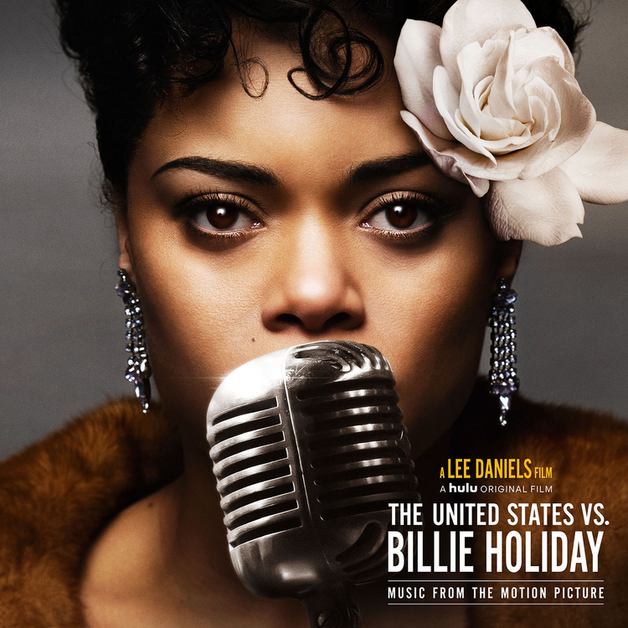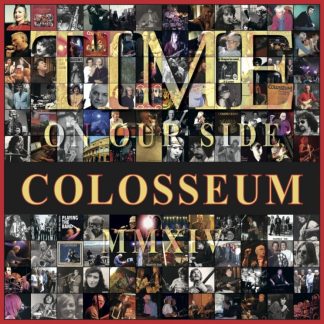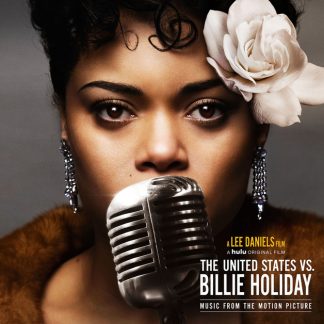Description
Directed by Lee Daniels, the movie stars Andra Day as the titular Lady Day and tells the story of Holiday’s life in the wake of “Strange Fruit” It’s a movie called The United States Vs. Billie Holiday, so you know there must be a battle at stake. And there is. Lee Daniels’ new movie, which stars a charismatically downplayed Andra Day as the titular, completely singular, and in many ways unknowable Lady Day, is set primarily in the 1940s. It tells the story of Holiday’s life and career in the wake of the song “Strange Fruit” — her elegy to Black lives lost to decades of lynching in the long aftermath of the Reconstruction — making the airwaves, filling concert halls, and pissing off certain people. Among the aggrieved: the U.S. government. And one J. Edgar Hoover.. To the credit of Day and her partners, this 13-song set doesn’t chart a course of plain sailing. It isn’t merely a batch of attempted replications. Most imaginative is that a halting version of “Strange Fruit,” the horrific anti-lynching song Holiday turned into the most significant recording in American history, is followed by an original (“Tigress & Tweed”), a dusty hip-hop soul track of perseverance that references what precedes it. Day made that new song with Cheers to the Fall collaborator Raphael Saadiq, while one with a foundation in Holiday‘s slinking mode (“Break Your Fall”) was produced by Warren Felder. (Felder also handles the third original, fronted by Charlie Wilson and Sebastian Kole.) “Strange Fruit” and the other inclusions that Holiday either originated or popularized — a balanced mix of ballads and swing — are produced with expected flair by Salaam Remi. Day evokes Holiday while putting enough of her own creativity and life experience into it to never sound like she’s shooting for flawless reenactment. It’s a feat of creativity and reverence






